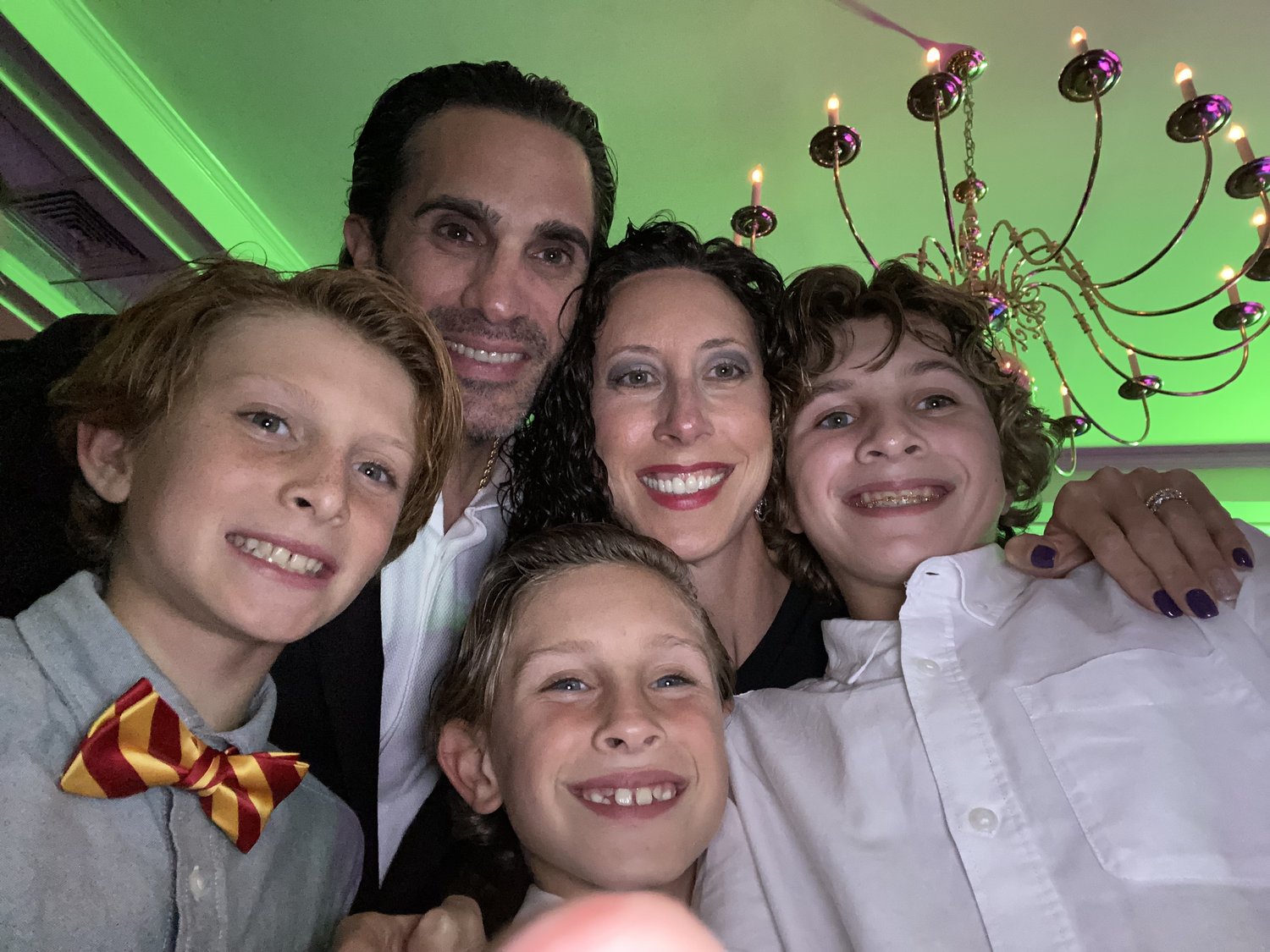This is My 19th Year of Teaching - What my first year of COVID school was like
https://www.scarymommy.com/teaching-pandemic-everything-unfamiliar/
When I respond to the calls, texts, and inquiries about my first week back to work in the classroom, I find myself repeating the word “daunting.”
Back to school is typically an overwhelming time for parents, students, and educators, but this year in a global pandemic, I struggle to find the adjectives to properly convey the magnitude of the situation. In my best efforts to describe what it is like to be back in the classroom, I came up with the following analogy: Teaching in a hybrid classroom (with virtual and real-live students) during a world pandemic is like sending an astronaut to the moon for the first time without ever simulating zero gravity.
The difference between an astronaut and a teacher in 2020 is the fact that the astronaut is provided the PPE and technology to journey safely into space. I had to research and purchase all of my own gear. In fact, when we first learned that teachers would return to the building with live students a few weeks ago, I took matters into my own hands and ordered my own PPE based on guidance from some friends in the medical field.
I ordered sneeze guards to completely shield my desk space, floor to ceiling moveable shields so that I can stand up if needed, and a medical grade air purifier to turn over the air in the classroom. My back to school clothes and accessory purchases this year included scrubs, KN95 masks, face shields and safety goggles. I am not considering any new lipstick shades or makeup for this fall; instead, I am sporting a ponytail and the mask chain that my eight-year-old made for me. He picked purple pony beads because he knows that purple is my favorite color, and I wear the chain like a talisman, hoping that it wards off germs and keeps me safe this season!
All of the gear helps keep me safe, but the presentation of my plexiglass fortress has elicited both awe and pity from passersby. Some of the students laughed when they saw the fortress from which I’m teaching. Others felt sorry that I am taking this pandemic so seriously. Nevertheless, the feeling of safety will allow me to focus on my daily lessons and connect with my students, and that is essential.
This is my 19th year teaching in the classroom, but I feel like an astronaut in space who has never experienced zero gravity. Everything and everyone is new and unfamiliar. I am teaching from my plexiglass fortress in front of live students while simultaneously looking at virtual students on my computer. We are on a hybrid schedule, which means that there is a rotating number of students in my classroom and on a virtual platform. Each day a different hybrid group comes to school, so the number of live students in the class consistently changes each period and each day. Also, students may opt to stay home one day instead of attending in person. I have to be flexible about those last minute schedule changes and be ready to teach to the live students and virtual students simultaneously, or synchronously as our educational leaders like to define it.
Whatever you call it, teaching in a hybrid model is a completely new feat that I am learning while enacting. The mundane procedures for taking attendance have become overwhelming. I have to account for those students physically present and the virtual students that I see on my laptop. My virtual students do not appear in alphabetical order, so I call their names alphabetically from my school roster. This activity takes at least 10 minutes as each student attempts to quickly and successfully switch on and off their microphones. There are always a few stragglers who join late and miss their turn, and we end up calling roll 2-3 times before the process is complete. I need to do this activity for each class I teach, a total of 5-6 times per day. After we take attendance, I have about 20 minutes to complete a lesson before we have to start the desk sanitizing process.
This week has been one of the most challenging ones of my life. I am exhausted and I feel anxious about how I can uphold my stamina through the coming weeks, but I am also grateful that my students have the opportunity to be in school again. I see that my own three kids (who are in my same district) are so happy to return to school. Despite the face shields and masks and having to stay six feet away from any other human being in the building, they want to go to school in the morning on their hybrid days.
My first grader drew a picture of his teacher last night and wrote a note saying “I love school.” I didn’t want to tell my six-year-old that his teacher might be afraid to touch the paper, so I put it in a plastic baggie. I emailed her this morning and assured her that we disinfected the markers and paper before we packed it up for her.
While my desk and my back to school outfits may look completely different this fall, I am trying my best to deliver thoughtful instruction to my students and stay healthy for my family. Sometimes I feel like I’m floating on the moon in zero gravity, but the virtual and masked smiles that I see in my classroom help keep me sane.
Teachers have been called a lot of names over the past few months, from public servant to essential worker. This fall I am embracing the title “superhero.”
